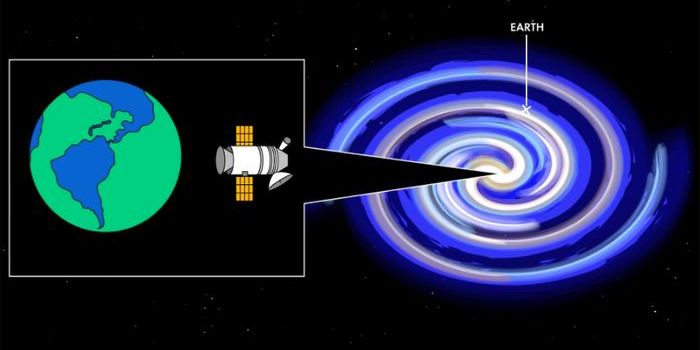Father of the Dyson Sphere Passed Away
Last Friday, February 28, 2020, the world said goodbye to Freeman Dyson a British American physicist and mathematician, who is also known for his thought-provoking vision about the evolution of civilizations. (Not to be confused with inventor and entrepreneur James Dyson)
Only having a bachelor's degree for his entire life, Dyson came a long way to become an extinguished scientist among his peers, with notable work spread across multiple fields: quantum physics, astronomy, space exploration, and nuclear engineering.
First and foremost, Dyson is known for his formulation of the Dyson series, a mathematic operator that underpins a quintessential intepretation tool of quantum mechanics known as the Feynman diagrams.
American physics maverick Richard Feynman developed the pictorial schematic to describe the behavior and interaction of subatomic particles in mathematics, which are rather difficult to understand without any visual cues. Working closely with Feynman, Dyson created a perturbative expansion - the Dyson series - to illustrate the temporal evolution of the events during the interaction.
In 1965, along with physicists Julian Schwinger and Shinichiro Tomonaga, Feynman was honored by the Nobel Physics Prize for their fundamental work in quantum electrodynamics (QED) by shedding a light on the physics of elementary particles. Dyson was left out from the award, and many speculated that it was because of his lack of a Ph.D. degree.
Nonetheless, he was well revered in the field for his contribution to theoretical physics. Under the recommandation of atomic physicist J. Robert Oppenheimer (the inventor of atomic bomb), Dyson was appointed to a faculty position in the Institute for Advanced Study in Princeton, New Jersey in 1952, officially sharing a hallway with Albert Einstein.
During his career, Dyson created several original concepts: the Dyson's transform is an essential technique in additive number theory. And the Dyson tree, a type of hypothetical vegetation that can survive little to no atmosphere because of its altered genetics.
But the idea that made him well known to the popular media is the Dyson sphere, a hypothetical megastructure that can directly harvest energy from a star by encompassing it. In 2015, an unusual dimming pattern was observed from the star KIC 8462852 (nicknamed "Tabby's Star"). Speculations mounted that the fluctuation in light was caused by a Dyson sphere, built by an advanced extraterrestrial civilization. In reality, scientists are more inclined to attribute the dimming to the possible existence of numerous comets in the star's orbit.
A bit of controversy is also a part of the physics giant's legacy. Dyson's non-conformist views on the climate change put him in the crosshairs of his contemporary. He cast doubts in the simulation models of climate change, even though he did acknowledge that the continuing warming of Earth's atmosphere is due to the anthropogenic emissions of greenhouse gases. Dyson believed that curtailing carbon emission distracts our society from tackling other global problems.
A Tribute to Freeman Dyson: Architect of the Future (Issac Arthur)
Source: Physics World









